How Does High Temperature and Humidity Lead to PET Plastic Hydrolysis?

Are your PET plastic products failing prematurely, especially in hot and humid conditions? Do you wonder why this seemingly stable material can suddenly become brittle or degrade? Understanding PET hydrolysis1 is key to preventing these issues. PET plastic, while generally stable, is susceptible to hydrolysis, a chemical reaction with water that breaks down its polymer […]
What is the Function of Chain Extender in rPET?
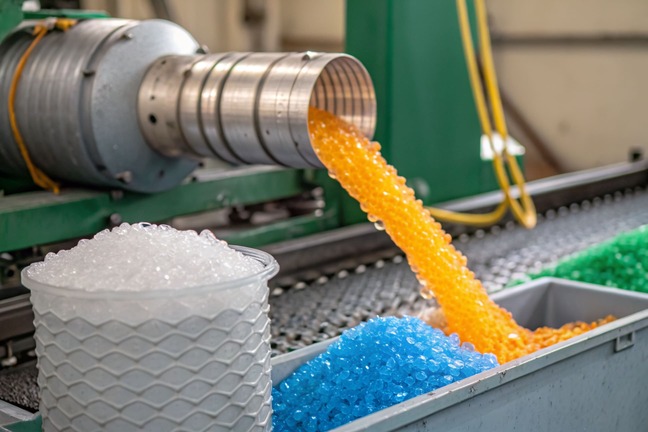
Is your recycled PET (rPET)1 feeling weak and brittle? Are you struggling to get the performance you need from recycled plastics? A chain extender might be the answer you are looking for. Chain extenders are special additives that help improve the properties of recycled PET (rPET) by increasing its molecular weight2. This makes the rPET […]
Flame-Retardant BOPET Films in Consumer Electronics: Enhancing Fire Safety Through Polyphosphonate Flame Retardants
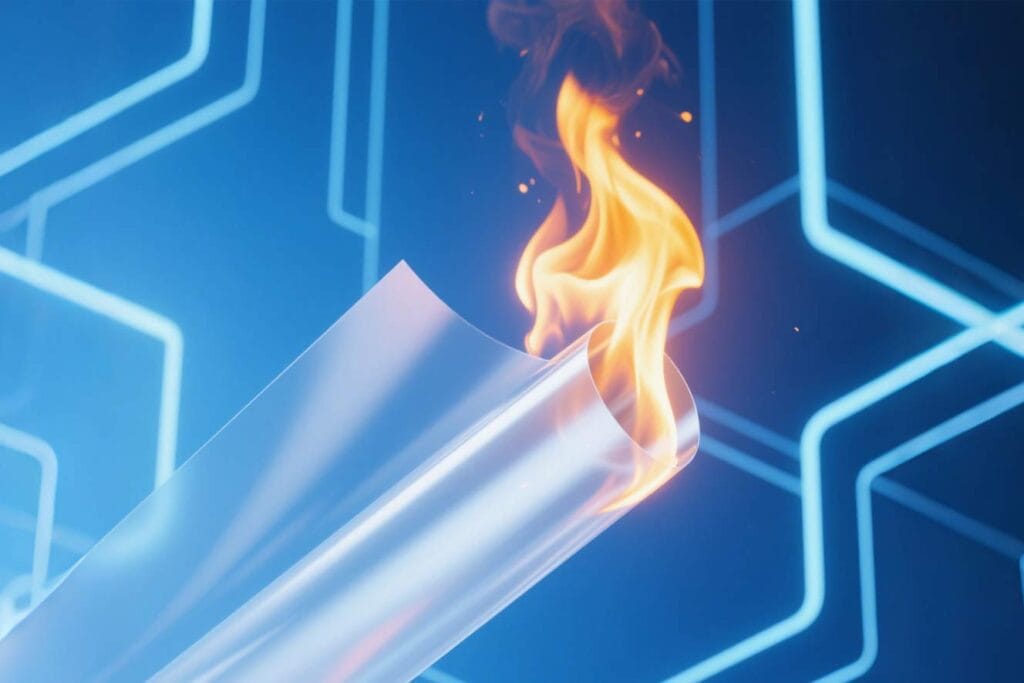
As consumer electronics evolve toward lighter, thinner, and higher-performance designs, thermal stability and flame retardancy are becoming more important than ever. BOPET (biaxially-oriented polyethylene terephthalate) is widely used in displays, labels, battery modules, and protective layers for electronic components. This article explores the applications of flame-retardant BOPET films in consumer electronics and highlights the unique […]
How to Enhance the Market Competitiveness of Polyester monofilament?
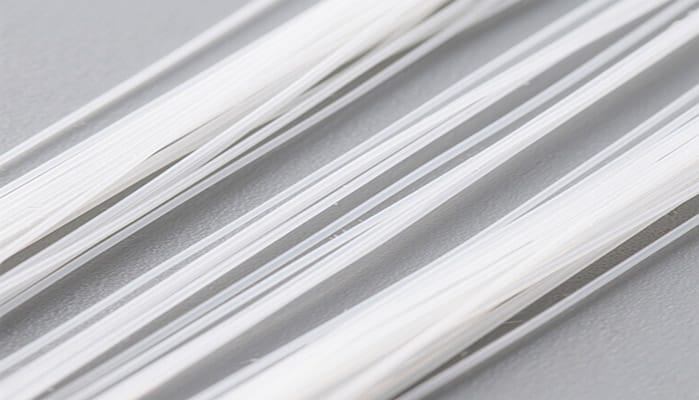
Polyester monofilaments are being used more and more in industries like textiles, packaging, geotechnical engineering, and automotive. This expansion brings with it intense competition and new challenges. Polyester producers are under increasing pressure due to overcapacity and product homogeneity. Hydrolytic degradation is a critical performance issue, particularly under high temperature and humidity. Traditional polyester monofilaments […]
Is rPET Suitable for Food-Grade Packaging?
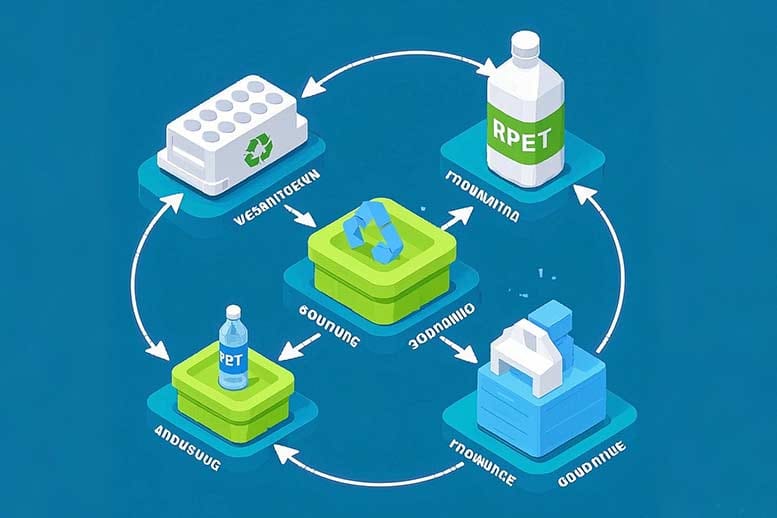
Globally, the push for sustainability has led to a boom in recycled materials being used across all industries. Recycled polyethylene terephthalate has been gaining attention in many industries, especially the food packaging industry. Many companies are looking at rPET to replace virgin PET due to the growing concern about plastic waste. But the question is: Can rPET be […]
Common Stabilizers Used in the Production of Polyester Monofilament
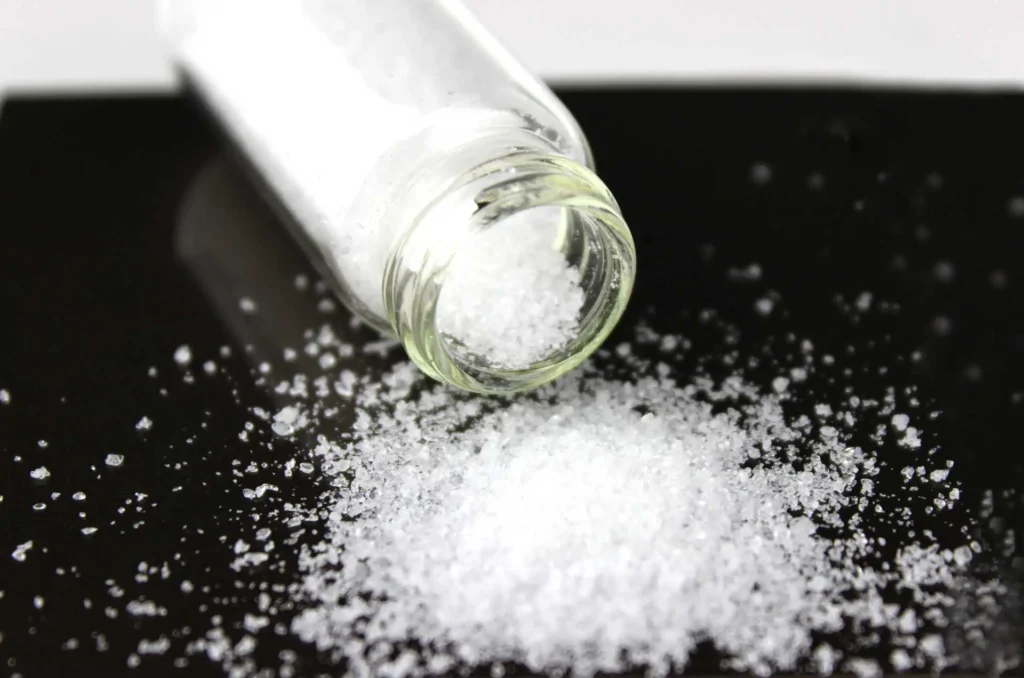
Introduction Polyester monofilaments are widely used in various industries, including textiles, industrial applications, fishing lines, 3D printing, and medical sutures. These materials are highly valued for their flexibility, strength, and durability. However, polyester is susceptible to several types of degradation during processing and production, including hydrolysis and UV-induced damage. These degradation mechanisms can negatively affect […]
Epoxy Chain Extenders in rPET Straps: Transforming Recycling into Reliability

In the dynamic landscape for sustainable materials, rPET straps (recycled Polyethylene Terephthalate) have emerged as game-changers. To unlock their full potential, epoxy chain extenders are crucial. This blog explores the benefits, applications, and future of rPET straps enhanced with epoxy chain extenders. 1. Introduction 1.1 Rise of rPET Straps The demand for eco-friendly packaging and […]
Structure of Photovoltaic (PV) Solar Panels and Types of Photovoltaic Films: Applications and Developments

The photovoltaic industry, a key player in the solar power generation sector due to the growing global demand for renewable energy, has developed rapidly. As the main components of the solar energy conversion process, photovoltaic panels directly influence the efficiency and lifetime of solar power systems. Photovoltaic films are crucial in the production of solar […]
How to Reduce rPET Aging During Processing?
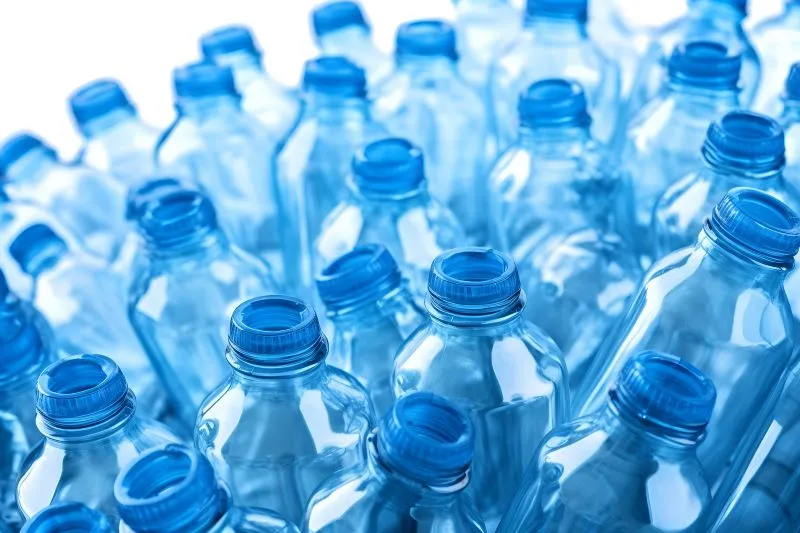
Introduction Recycled Polyethylene Terephthalate (rPET), a sustainable alternative to virgin PET, plays a crucial role in promoting a circular economy. It helps reduce plastic waste and decreases reliance on virgin materials. However, during recycling and reprocessing, rPET often suffers from aging issues, leading to reduced mechanical properties, lower intrinsic viscosity (IV), and poor processability. The […]
